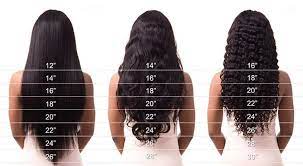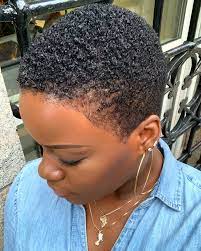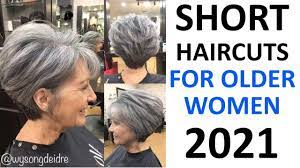
Finding your ideal hair length is paramount when visiting a salon or purchasing hair from online sellers; using a length chart is one way of helping achieve it.
hair length charts typically use inches as their unit of measurement. However, an inch may differ significantly between types of hair. Wavy or curly strands may shorten by up to 30 percent compared to their original length.
Before using a hair length chart, you must gain an accurate measurement of your hair. Utilizing a curly hair growth chart is an excellent way to track progress and ensure you reach your desired hair length goal on schedule.
Curly hair length charts can help you understand all the lengths achievable with natural or artificial tresses or wigs, including ankle-length box braids. With long enough locks, this chart may even assist in choosing a specific style, like Rapunzel-esque neon-colored voluminous locks! Achieving such length requires patience but can produce stunning results; ensure quality extensions are used to avoid matting or tangling!
Hair length should be considered when selecting an ideal hairstyle since leaving the salon with hair that is either too short or too long is never suitable for clients.
An effective hair length chart is essential when communicating your desired look to a stylist, helping ensure the result matches what was in your vision and planning for the next goal as your hair grows longer.
Hair typically falls into three categories: short, medium, and long. Shorter styles typically fall below chin length, while medium size covers shoulders or slightly below.
One must account for its shrinkage effects when measuring curly and wavy hair. Straight tresses will generally reach their desired length without experiencing loss, while curls and waves tend to undergo shrinkage more quickly; so before using a hair length chart to take measurements for hair bundles as they would appear naturally, these measurements must reflect how your locks would appear in their natural state.
Millimeters are units of length that measure a minimal distance, often used to measure distances between points and part of the metric system along with centimeters, meters, and inches. A millimeter has become one of the most frequently utilized measurements used across many fields of science and measurement.
When communicating your desired hair length to a stylist, it is vital to use specific terms. This will help both of you be on the same page and prevent a cut that is either too short or too long for what was initially desired.
Hair length is divided into short, medium, and long. Short styles such as the buzz cut, pixie cut, and bob cut fall under short categories, while medium-length hair generally extends up to the shoulder or slightly below. Longer locks have lengths past this mark – however, each individual’s characteristics will determine which size works best for them.
To use a curly hair length chart accurately, you must understand its measurement process. Hair can usually be measured from its roots to the tips of its strands, which can be expressed in inches or millimeters.
Curly and wavy locks appear shorter than straight hair due to their natural twists and turns, making it hard to accurately gauge their actual length when purchasing synthetic or human hair extensions online. To overcome this difficulty, measure your stretched-out locks for an accurate reading.
Keep your face shape in mind when selecting the length of your hairstyle, too; longer styles often compliment longer faces, while others benefit more from shorter cuts. Finally, when making this decision, it is also wise to consider lifestyle; for instance, if you lead an active life,, more manageable styles might be ideal.

